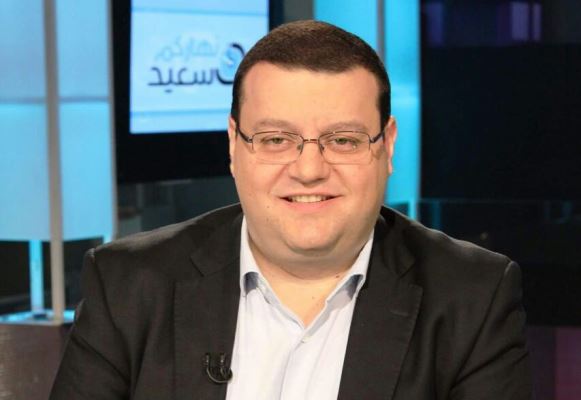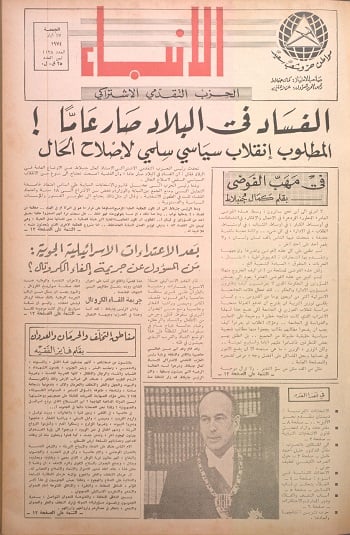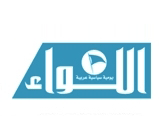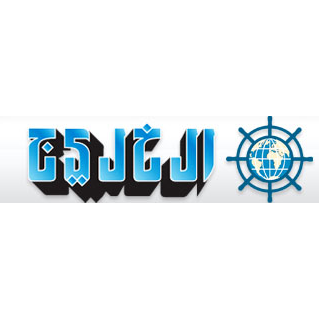Lebanon’s economy on the verge of collapse
Rami Rayess / The Arab Weekly
16 أغسطس 2017

Lebanon’s first public budget in 12 years is expected to see the light of day in the coming weeks. After years of political deadlock, the passing of the budget would mark a significant step forward.
However, encumbered by seemingly insurmountable levels of debt, a refugee population the country cannot turn its back on and few financial resources available for additional investment, passing a budget is unlikely to do much to address the country’s structural economic shortfall.
Historically, Lebanon has done little to help itself. Overlooking the repeated failures to meet constitutionally mandated deadlines to agree a budget, Lebanon’s government figures show almost crippling levels of expenditure. Approximately one-third of spending is allocated for salaries and wages while 30% services the public debt and 9% goes towards the electricity sector.
In total, 72% of Lebanon’s total expenditure is already fixed. Consequently, the government’s ability to initiate fundamental developmental projects or to indulge in serious reform is hamstrung before it even starts and that is unlikely to improve.
Indicators predict public debt is expected to exceed $80 billion by the end of this year, equal to 146% of Lebanon’s gross domestic product.
This is not to say that the government is unwilling to make a bad situation worse. Pre-empting the passage of the budget was the decision in July to issue a draft law offering the country’s civil servants their first notable wage increase since 1997. Few would argue that it’s not deserved.
However, once the president’s signature renders the law a fact, the additional expenditure is going to increase the strain on the country’s stretched finances, a fact acknowledged by Lebanese President Michel Aoun, who intimated that the budget should have been agreed first.
Should the president refuse to sign the draft law, discussion on the topic will have to start over, achieving nothing and pleasing no one.
Adding to the country’s economic woes are the 1.5 million Syrians who have sought refuge within their neighbour’s borders and whose presence exerts pressure on the country’s groaning infrastructure. True, much of the country’s internal infrastructure was overhauled entirely during the 1990s. However, no amount of renovation could have anticipated the strain placed on Lebanon’s internal structures and the cost of maintaining them.
There is little that is new in this. Historically, Lebanon’s political class has proven itself consistently incapable of separating economic questions from the political issues that continue to obsess it. Except for one full-fledged developmental plan based on an extensive economic study from the 1960s, the country’s economy has rarely been given the chance to experience any period of real recovery based on any kind of pragmatic fact-based basis.
The political community in Lebanon, itself based on an ingrained system of clientelism, cannot help but constantly interfere in the drafting of economic plans, attempting to increase its political, geographical and electoral advantages, irrespective of the actual needs of the various sectors and regions.
Much of this political meddling has gone without any serious comment. Discussions on economic policy have always been shelved as soon as political tensions, of whatever hue, arise, meaning that no sustained discussion on the country’s shared national economic future has yet to take place.
All told, Lebanon is facing the perfect economic storm. Looking at the spiralling challenges posed by the refugee crisis, allied with the pressures from the anticipated US sanctions on Hezbollah and its allies, unmanageable debt and the administration’s hardwired inability to face the challenges ahead of it, it is hard to avoid the conclusion that the Lebanese economy is on the point of collapse.
 عن أمل جنبلاط المتجدد: لبنان يستحق النضال
عن أمل جنبلاط المتجدد: لبنان يستحق النضال
 صحافيون أم عرّافون!
صحافيون أم عرّافون!
 ماذا يجري داخل أروقة بيت الكتائب المركزي؟
ماذا يجري داخل أروقة بيت الكتائب المركزي؟


 عن الخرائط التي تُرسم والإتفاقات التي تتساقط!
عن الخرائط التي تُرسم والإتفاقات التي تتساقط!
 “الإنحراف في الحياة”/ بقلم كمال جنبلاط
“الإنحراف في الحياة”/ بقلم كمال جنبلاط
 هاشتاغ #صار_الوقت يحل أولاً في حلقة جنبلاط
هاشتاغ #صار_الوقت يحل أولاً في حلقة جنبلاط
 طاولة نقاش عن أزمة الصحافة في جامعة AUST
طاولة نقاش عن أزمة الصحافة في جامعة AUST
 عبدالله: ليظهر لنا وزير مكافحة الفساد حرصه في صفقات البواخر والفيول
عبدالله: ليظهر لنا وزير مكافحة الفساد حرصه في صفقات البواخر والفيول
 عبدالله: غريب أمر وزارة مكافحة الفساد!
عبدالله: غريب أمر وزارة مكافحة الفساد!

 Comment to Uri Avnery: How Sad What Is Looming Ahead
Comment to Uri Avnery: How Sad What Is Looming Ahead
 “Not Enough!”
“Not Enough!”
 … لمن لم يقرأ يوسف البعيني/ بقلم وسام شيّا
… لمن لم يقرأ يوسف البعيني/ بقلم وسام شيّا
 كمال جنبلاط في مولده الأول بعد المائة: تعاليمه وأفكاره ما زالت الحلّ/بقلم عزيز المتني
كمال جنبلاط في مولده الأول بعد المائة: تعاليمه وأفكاره ما زالت الحلّ/بقلم عزيز المتني
 رئيس حزب/ وليس (… سابقاً)/ بقلم د. خليل احمد خليل
رئيس حزب/ وليس (… سابقاً)/ بقلم د. خليل احمد خليل
 التوازن السياسي في لبنان
التوازن السياسي في لبنان
 لبنان… مشاريع انقلابية مؤجلة
لبنان… مشاريع انقلابية مؤجلة
 جنبلاط وحَمَلة أختام الكاوتشوك
جنبلاط وحَمَلة أختام الكاوتشوك
 Le Liban est un symbole de tolérance
Le Liban est un symbole de tolérance
 Our Automated Future
Our Automated Future
 The True Origins of ISIS
The True Origins of ISIS
 Les Misérables vs. Macron
Les Misérables vs. Macron
 عذراً أيها المعلم/ بقلم مهج شعبان
عذراً أيها المعلم/ بقلم مهج شعبان
 رساله الى المعلم / بقلم ابو عاصم
رساله الى المعلم / بقلم ابو عاصم
 إلى روح القائد والمعلم كمال جنبلاط/ بقلم أنور الدبيسي
إلى روح القائد والمعلم كمال جنبلاط/ بقلم أنور الدبيسي
 أسرار وعناوين الصحف ليوم الجمعة 14 كانون الاول 2018
أسرار وعناوين الصحف ليوم الجمعة 14 كانون الاول 2018














